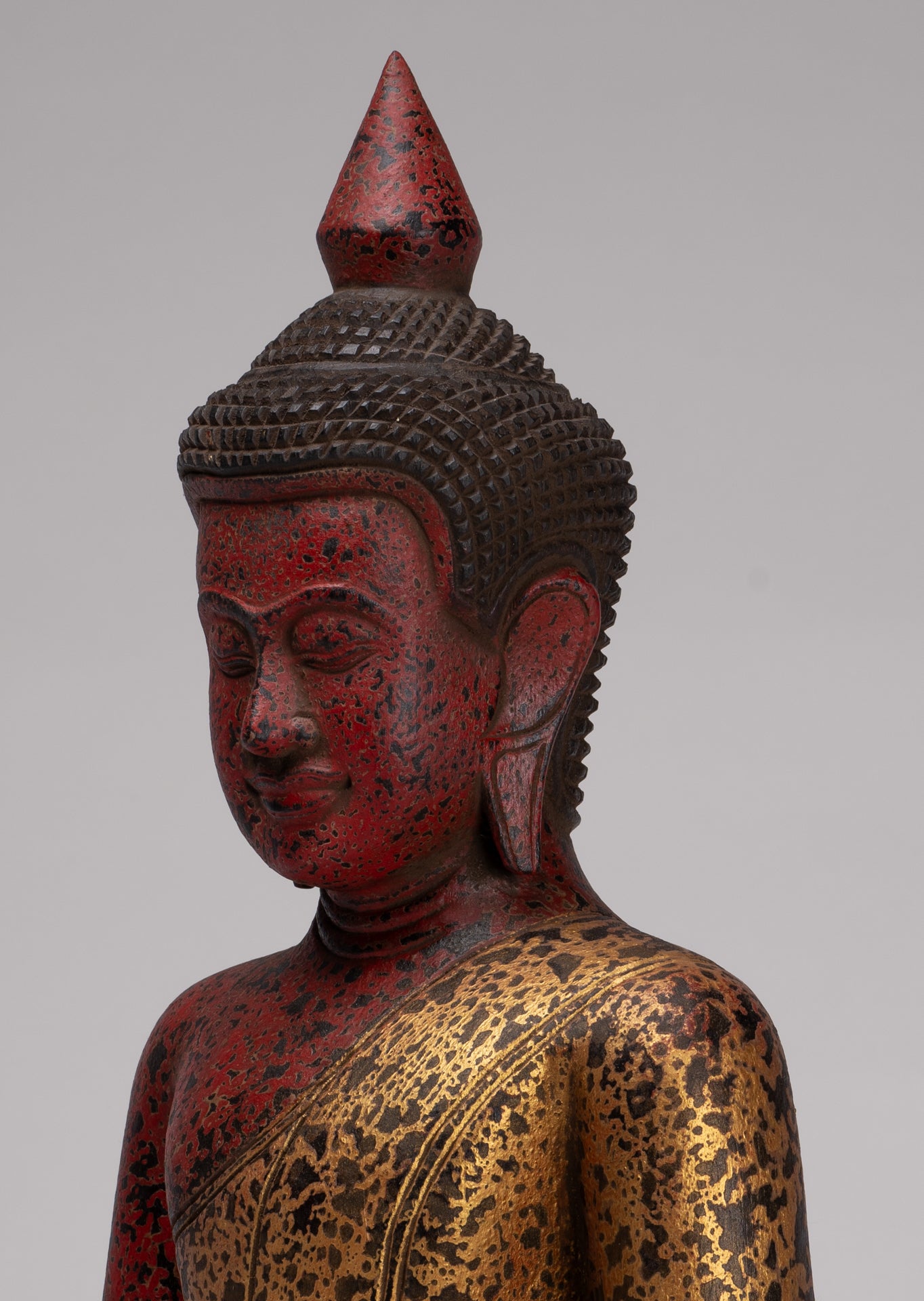
The Four Noble Truths of Buddhism: A Path to Enlightenment
Buddhism, one of the world's oldest and most profound spiritual traditions, is founded on the teachings of Siddhartha Gautama, known as the Buddha. Central to these teachings are the Four Noble Truths, which provide a framework for understanding the nature of human existence and a path toward liberation from suffering.
This blog post delves into the Four Noble Truths, exploring their meanings, implications, and relevance in today's world.
Introduction to the Four Noble Truths
The Four Noble Truths were the first teachings delivered by the Buddha after he attained enlightenment under the Bodhi tree more than 2,500 years ago. These truths form the foundation of Buddhist philosophy and practice, offering a systematic approach to addressing the fundamental challenges of human life.
The First Noble Truth: The Truth of Suffering (Dukkha)
The first Noble Truth, known as Dukkha, acknowledges the presence of suffering in human life. The Buddha taught that suffering is an inherent part of existence, manifesting in various forms:
- Physical Suffering: Pain, illness, aging, and death.
- Emotional Suffering: Sadness, anxiety, frustration, and dissatisfaction.
- Existential Suffering: The inherent unsatisfactoriness of life, even during times of pleasure and happiness, due to the transient nature of all things.
Understanding Dukkha is not meant to induce pessimism but to encourage a realistic awareness of life's challenges. By recognizing the pervasive nature of suffering, individuals can begin to seek a path to alleviate it.
The Second Noble Truth: The Truth of the Cause of Suffering (Samudaya)
The second Noble Truth identifies the cause of suffering as craving or attachment (Tanha). This craving manifests in three forms:
- Kama Tanha: Craving for sensory pleasures.
- Bhava Tanha: Craving for existence, becoming, and personal identity.
- Vibhava Tanha: Craving for non-existence or self-annihilation.
These cravings lead to a cycle of desire and dissatisfaction, perpetuating suffering. The Buddha taught that by understanding and addressing the root causes of craving, one can begin to dismantle the cycle of suffering.
The Third Noble Truth: The Truth of the End of Suffering (Nirodha)
The third Noble Truth offers hope, teaching that the cessation of suffering is possible. Nirodha refers to the attainment of Nirvana, a state of liberation and freedom from the cycle of birth, death, and rebirth (samsara). Nirvana is characterized by:
- The Extinction of Craving: The complete eradication of desires and attachments.
- Peace and Tranquility: A profound inner peace and equanimity.
- Enlightenment: The realization of ultimate truth and wisdom.
Achieving Nirvana means transcending the limitations of the ego and experiencing a profound sense of liberation and enlightenment.
The Fourth Noble Truth: The Truth of the Path to the End of Suffering (Magga)
The fourth Noble Truth outlines the path leading to the cessation of suffering, known as the Noble Eightfold Path. This path is a practical guide to ethical and mental development, divided into three main categories:
-
Wisdom (Pañña):
- Right View: Understanding the nature of reality and the Four Noble Truths.
- Right Intention: Cultivating intentions of renunciation, goodwill, and harmlessness.
-
Ethical Conduct (Sila):
- Right Speech: Speaking truthfully, kindly, and constructively.
- Right Action: Acting ethically and avoiding harm to others.
- Right Livelihood: Engaging in work that is ethical and does not cause harm.
-
Mental Discipline (Samadhi):
- Right Effort: Cultivating positive states of mind and overcoming negative ones.
- Right Mindfulness: Developing awareness and presence in the moment.
- Right Concentration: Practicing meditation to achieve deep states of focus and tranquility.
The Noble Eightfold Path is a comprehensive and practical approach to personal development, guiding individuals toward ethical living, mental clarity, and ultimately, enlightenment.
Relevance of the Four Noble Truths in Modern Life
The Four Noble Truths, though ancient in origin, hold timeless relevance in contemporary life. They offer insights and tools for addressing the challenges of modern existence:
- Understanding Suffering: Recognizing the pervasive nature of suffering helps individuals approach life's difficulties with compassion and resilience.
- Identifying Causes: By understanding the root causes of suffering, people can work on reducing attachments and cravings, leading to greater emotional stability.
- Finding Hope: The possibility of ending suffering provides a hopeful perspective, encouraging individuals to pursue personal growth and spiritual development.
- Practical Guidance: The Noble Eightfold Path offers practical steps for ethical living, mental well-being, and spiritual growth, applicable to anyone regardless of their cultural or religious background.
Conclusion
The Four Noble Truths form the cornerstone of Buddhist teachings, offering profound insights into the nature of suffering and a path to liberation. By understanding and applying these truths, individuals can navigate the complexities of life with greater wisdom, compassion, and equanimity.
Whether one identifies as a Buddhist or simply seeks to lead a more mindful and fulfilling life, the Four Noble Truths provide a timeless guide to overcoming suffering and achieving true happiness.


























